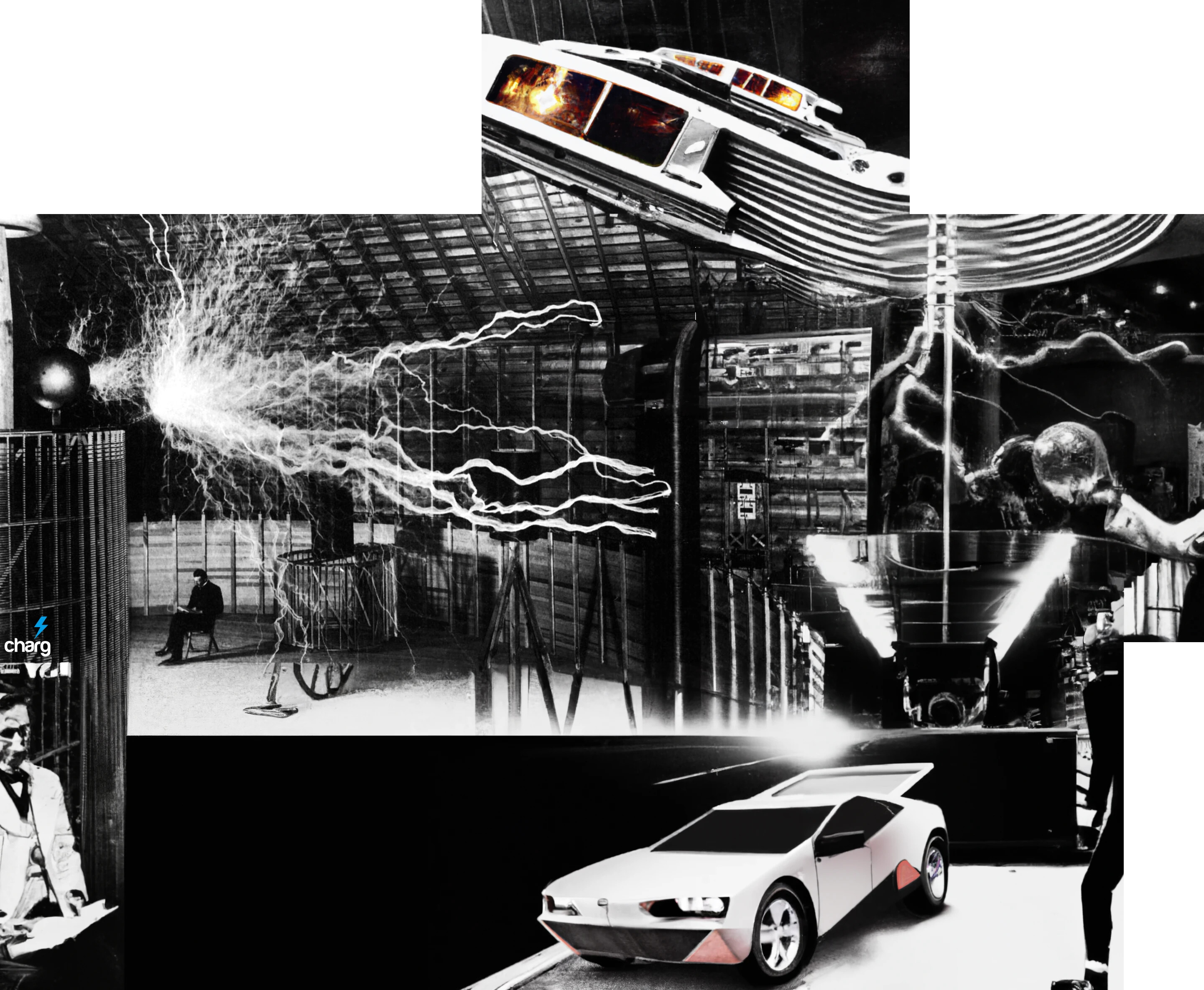This can be VERY DANGEROUS - ALWAYS seek professional help.
Previously on WeCharg Off-Grid, we had replaced our original RV’s primary Lead Acid with LiFePO4 cells. We will soon have converted this primary 1.8KWHr battery to our backup, whereby a 10KWHr battery will have become the primary.
But without solar panels it’s just not quite so cool. Ergo, we got started on the solar panel aspect of the RV conversion project…
We do a lot around here. One of the irons in the fire is our off-grid RV conversion, which will feature solar and wind on 12 KWHR of battery. Check out these re-used solar panels giving new life to a 30 year old RV! They are mounted using gate hinges which permits reliable strength, a canopy, extra privacy, and of course more than enough electricity to remain indefinitely anywhere your heart delights sans fossil fuels!
I should give some credit to Genetry Solar and to skoolie.net for helping me with this idea!
I am now adding more latches to the bottom and more hinges to the top. Next comes wiring and internal component install. It is definitely worth mentioning the 500 pounds of weight high on the center of gravity and far to the left create a weight imbalance upon the vehicle. This is offset by moving the rest of the setup (batteries, inverter, charge controller, and anything else which is heavier) to the opposite side of the vehicle. I will add that it certainly helps to have a traditional roll out awning on the side opposite the RV in terms of weight distribution.
As it stands, there will be 8 heavy duty gate hinges up top and five latches on bottom. The hinges are bolted directly to the frame. The latches, however, are too far away from the frame so I am having to bolt all the way through the wall and washer / nut the bolt to the wall in inconspicuous locations such as behind the pull out couch and behind the cabinets.
If I had done it differently, I might have considered installing a metal strip of 1/4” width along the entirety of the sidewall, then tack it down. Should ride though.
By the way, I lifted these panels by myself. I used the baby high chair as my jig to hold them up. I then put a two step stepping stool on top of this to complete my jig. And I customized the stepping stool by drilling a 2x4 into it so that I could step up the panels as necessary to reach the desired height during install. If I did it again I would have someone help me lift them and/or rent a drywall lift.
Once one self-tapping screw is installed the other two are easy. It also helped significantly that I pre-drilled my pilot holes and pre-drilled my self tapping screws on the ground, disassembled, then re-assembled. It is a bit counter-intuitive, but I think this actually saved me a lot of time and strain.
Also I don’t know if I mentioned but my frame is a recycled aluminum trailer. This had 1/4” holes in it pre-drilled which were clutch for sighting 1/3 of my self tapping screws. It’s really easy to see in there when your hole is bigger and thus the panel could be made to find alignment by sight and not just by feel inside said hole. Critical to this was adding a washer to the self tapping screws which populated these particular holes, lest they wiggle through in flight. See what I did there?
Oh one more thing! Be sure to use a tarp if it’s going to rain on the roof hinges. Without a heavy application of silicon upon the hinges, the roof is rendered vulnerable to leaks!

































